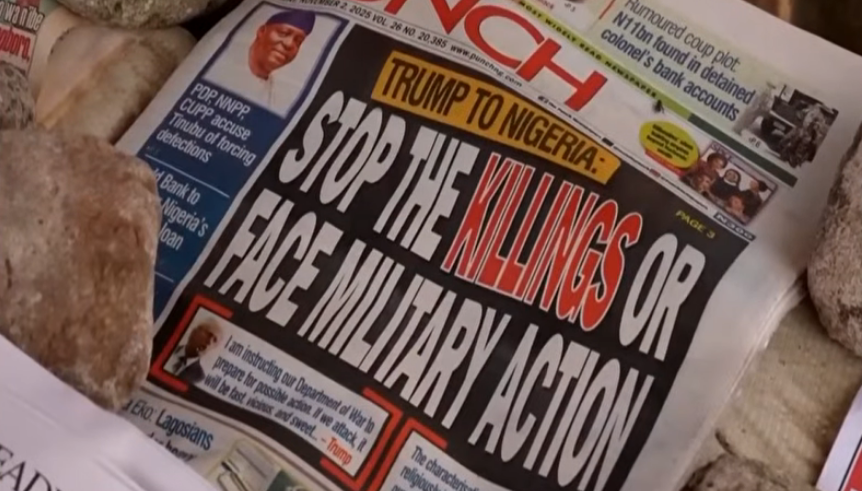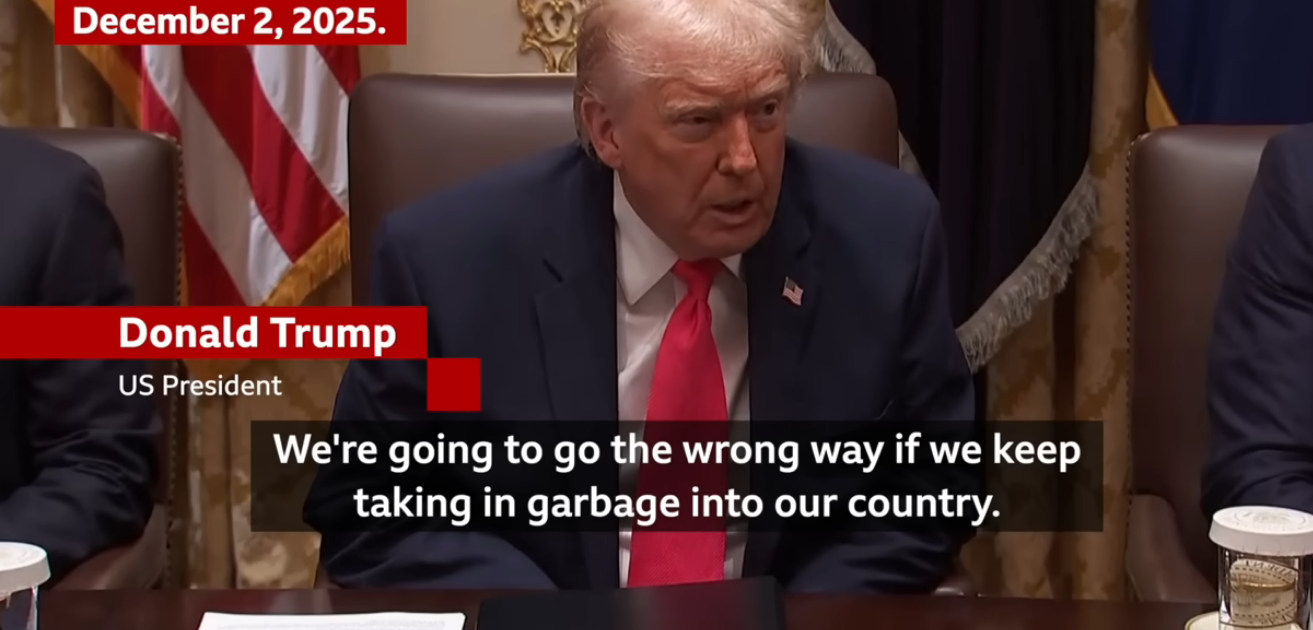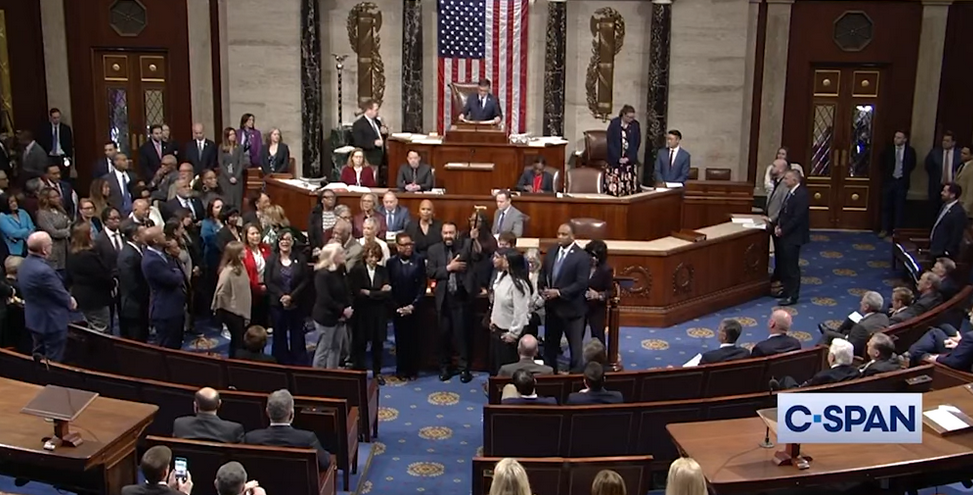Toya Graham
A well-dressed woman in a cropped yellow jacket and a Beyoncé weave advances through a group of teenagers. The unlucky target: a tall boy in a black hoodie and a balaclava. Under her glare, he shrinks. The young man allows himself to be slapped repeatedly and pushed away from the crowd.
“Take that mother[bleep] mask off!” she yells. “You wanna be seen? Take it off!”
The last few seconds of that encounter were captured on video, and became one of the most viewed YouTube clips of raw street footage this year—more than devastating footage of Eric Garner’s death in New York City, Walter Scott’s in South Carolina, or Charly Keunang’s on L.A.’s Skid Row. The 50-second video, soon broadcast on CBS and CNN, was shot the day of Freddie Gray’s funeral in April, when hundreds of Baltimore residents rioted in protest of his death after he sustained a spinal injury while in police custody. It’s received more than 8 million views.
The woman in the video is Toya Graham, then 42, a single parent to five girls, ages 14 to 24. The young man is her only son, 16-year-old Michael, and she says that day she had spied a rock in his hand. For a minute there, she was a national hero. #Motheroftheyear trended on Twitter. Oprah called.
“Forget the National Guard,” the New York Post declared. “SEND IN THE MOMS.”
Most parents fear the moment when their children will do something dumb and dangerous. Graham’s moment just happened to be very public—and after the praise, she became a lightning rod for debate around whether African Americans should hit their children. “Why is America celebrating the beating of a black child?” asked Stacey Patton, an opponent of corporal punishment, in the Washington Post. Politicians and pastors batted back, expressing thanks that the old-school Strong Black Mother type still exists. “There was a time when Black children were the best behaved children in the world [and that was a time] when our mothers behaved like Toya Graham,” wrote Philadelphia Tribune columnist Alonzo Kittrels.
But besides a black mother’s strength, something else was on view that day: Graham’s vulnerability. Her son Michael “will not be a Freddie Gray,” she posted on Facebook, a line she repeated when national media called. She could have simply said, “I love my son.” But Graham’s choice of words highlight fears that took root long before Gray suffered a fatal spinal injury in that police van on April 12.
Graham will talk for as long as I’ll listen about the police. “I’ve seen police drag someone out the car and slam ’em on the ground or, it’s 30 below and they got ’em on the concrete or, you call for domestic violence or something that’s been going on in your house and they point the finger at you,” she says. “I’ve seen it over and over again.”
But on this late May morning while her three-year-old granddaughter babbles in the background, Graham will talk at length about community violence, too. There’s the nine-year-old boy in her neighborhood who just got shot in the leg. Or the dozen or so kids over the years who called her Ma, gunned down, gone. In May, the month after Gray’s death, Baltimore had more than 100 shootings and 40 homicides, then the city’s highest monthly tally since 1990. July was worse. As of July 30, Graham’s district in southwest Baltimore had already experienced 50 shootings this year, and 30 total homicides, according to preliminary early August data from the Baltimore Police Department.
“You know how you walk down the street and you walk in the midst of other people? I don’t even want to do that,” Graham says. “I don’t know who’s being targeted for whatever reason. We just don’t know.”
Violent crime has dropped nationwide in recent decades, and Baltimore is no exception. Murders fell from a high of 353 murders in 1993 to 233 in 2013. Much of that decrease happened in the very neighborhoods that earned Baltimore its nickname: Bodymore, Murdaland. According to early August BPD data, there were 21 homicides in 2014 in the tough streets of western Baltimore neighborhoods in 2014, for example, as opposed to 43 in 2013. But gains in relative safety have perhaps set in relief episodes of police intimidation, abuse and deaths. And high-profile police killings of black men and boys across the country have given fresh energy to longstanding local demands for reform.
Last year, before Freddie Gray’s death, the Baltimore Sun reviewed more than a hundred judgments and settlements involving the Baltimore Police Department from January 2011 through July 2014 and found a disturbing pattern of abuse by officers of alleged suspects. Injuries ranged from broken bones to head trauma to death. Some residents were beaten while handcuffed. In almost every case, the Sun reported, “prosecutors or judges dismissed the charges against the victims—if charges were filed at all.”
Please see TalkingPointsMemo





